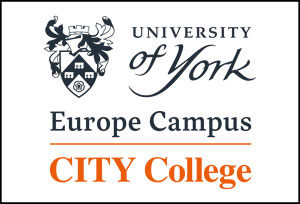In nature, there is a vast amount of systems whose structure is not static. Characteristic examples of such systems include most biological systems, starting from a tissue of cells to a population of interacting individuals, such as a flock of birds or a colony of ants.
An interesting task to accomplish in Computer Science is to try to model and simulate such systems. We call these biologically inspired multi-agent systems, where agent is an individual. The structure of multi-agent systems is constantly being reconfigured as the systems evolve and require new agents to be introduced to the system, existing ones to be removed or communication channels to change among the agents.
Though advances in the field of agent modelling provide us with a number of different methods and methodologies to choose from, when it comes to systems of a static configuration, immense is the need for methods, especially mathematically-based one (we call them formal methods), that will capture the dynamic essence of systems similar to the aforementioned.
This presentation aims to introduce the motivation guiding this research, the principal issues that need to be taken into consideration and also to familiarise the audience with the proposed formalism for modelling such systems. The presentation is not solely addressed to Computer Scientists but also to people who wish to find out why biological systems are interesting. A number of animated simulations of such systems will be demonstrated.





